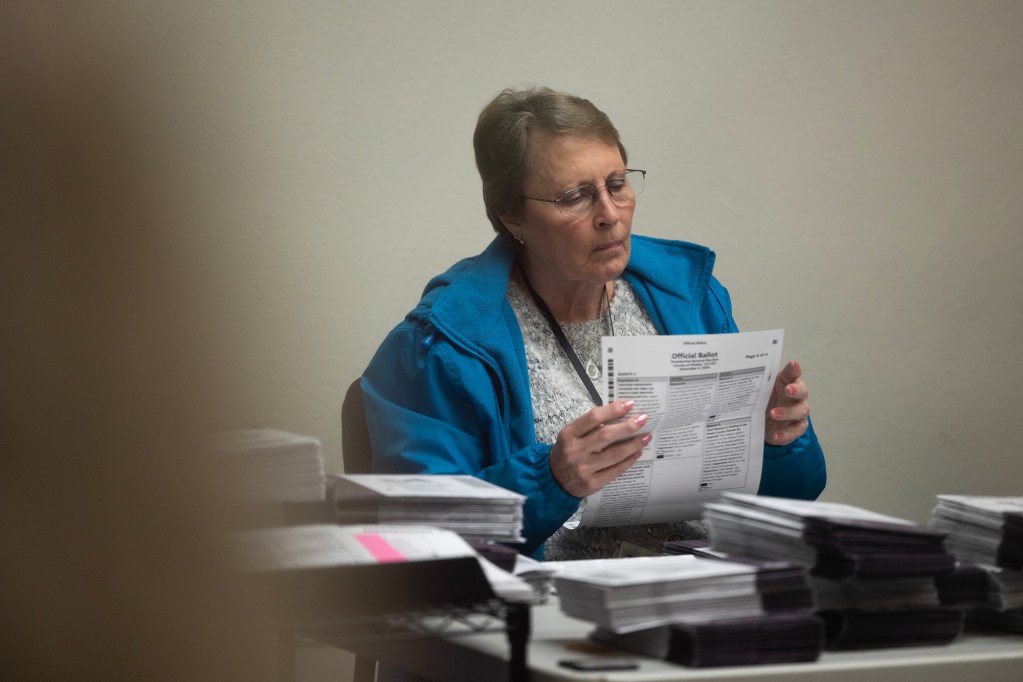
This week, millions of Americans gathered at local polling places to elect the next president of the United States and vote in races of consequence that can shape their everyday lives. News outlets across the country have been airing stories of voters waiting in lines to cast their ballots — many for the first time.
Another important story will get less air time. That is the story of the more than 10,000 election officials across the country who have spent the last several months working early mornings and late nights to prepare for another safe, secure and accurate election.
Running elections is a full-time job. Consider everything that goes into administering an election. Some of the work is obvious. Across the country, election officials have been proofing and designing ballots. They have been recruiting and training hundreds of thousands of poll workers. And they have been ensuring that voting locations are accessible for all voters, including those with disabilities.
But the craft of administering elections goes much deeper. Election officials do so much more than register voters and print ballots. They implement cybersecurity best practices within their offices, to ensure that America’s voting systems are safe from interference and cyber attacks. They draft contingency plans in case of emergencies, like power outages or extreme weather events. They run voter education campaigns, so that every eligible voter in their communities knows where and how to vote. In many cases, they are adjusting to last-minute rule changes, to make sure elections are administered in compliance with the law.
Over the past few years, election officials have increasingly become the targets of threats and harassment. In Northern California’s Shasta County, many are quitting. Still, election officials persist. In the face of adversity they work harder.
Rather than give up, election officials do more to guarantee that our elections remain free, fair and accurate.
So who are election officials, really?
Election officials are professionals. They go through rigorous training, like the Election Center’s administrator certification program, to hone the skills and knowledge needed to run the nation’s elections. They work with cross-partisan experts like the Committee for Safe and Secure Elections to keep voting locations and equipment safe. They gather in groups like the Election Workforce Advisory Council to enhance the retention, recruitment and professionalization of election officials. And they lead highly-capable teams of civil servants and volunteer workers through the challenges and joys of Election Day.
Election officials are also transparent. They engage in voter outreach and voter education efforts within their communities. They test voting equipment publicly using bipartisan teams, so that voters know equipment is accurate. In fact, they perform many processes using bipartisan teams, including retrieving ballots from drop boxes, reviewing signatures on mail ballots and certifying election results.
After each election, many states, counties and cities perform election audits. Audit results are made publicly available, so that voters are confident that each election was run fairly and accurately.
Across the profession of election administration, officials are constantly working to improve their processes. While the profession and its processes remain imperfect, it is better positioned than ever to accurately and uniformly reflect the will of voters.
Perhaps most importantly, election officials are members of the communities they serve. They are parents, siblings, friends and dedicated civil servants. They are your neighbors and your family members.
They have been trusted with the sacred duty of protecting your right to vote, and they take that duty seriously.
Votes are still being counted and many races are still undecided. But we can have confidence that the election will be run safely, securely and accurately by election officials across California and nationwide.



